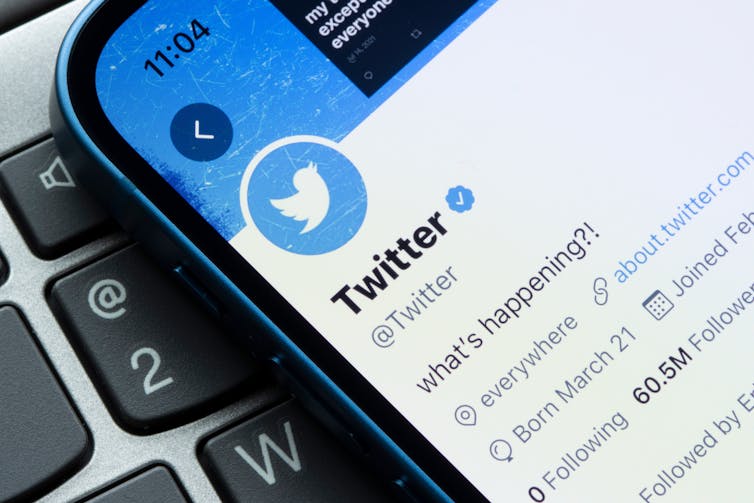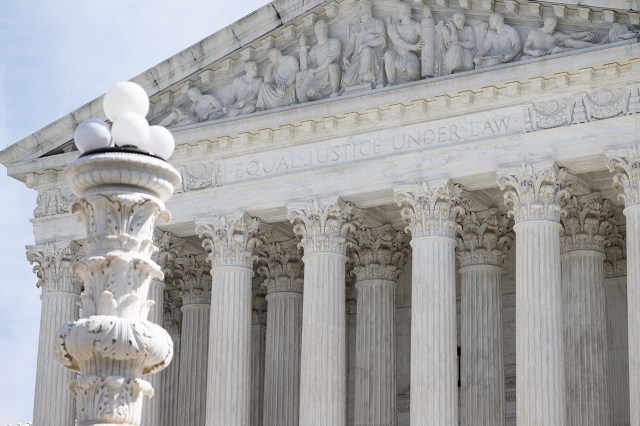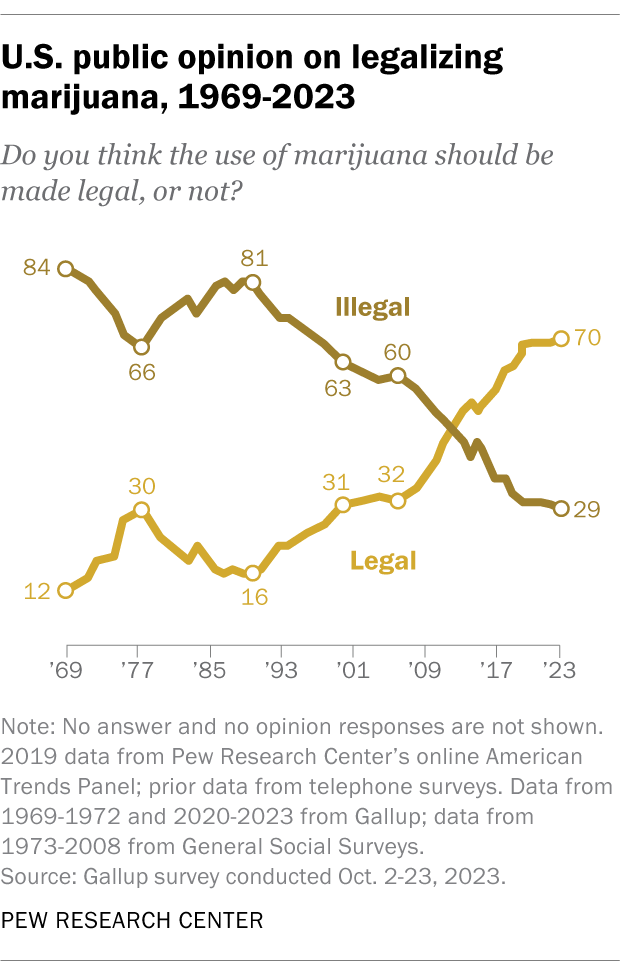
Social media has increasingly become a critical platform for public discourse, influencing opinions on various topics in real-time. Its impact has been profound and multifaceted, especially in the context of political engagement, information dissemination, and emotional sentiment.
Influence on Political Opinions and Engagement

Social media platforms serve as significant channels for political communication. A recent analysis highlights that 'most supporters of both former President Donald Trump and Vice President Kamala Harris say they’ve thought a lot about the candidates this year and say the outcome of the race really matters'[3]. Such findings indicate a high level of political engagement among users, likely fueled by discussions and endorsements circulating on social media.
Research has shown that social media endorsements—through likes, shares, and retweets—can significantly influence individuals' opinions on policy issues. In one study, participants exposed to pro-economy posts with a high number of likes were less likely to favor pandemic-related restrictions, while those who viewed pro-public health posts with similar endorsements showed increased support for such measures[6]. This demonstrates the ability of social media metrics to sway opinions, especially among active users.
The interaction between social media usage and political engagement is notable, as individuals who frequently use these platforms are also more likely to participate in political discussions both online and offline. This correlation suggests that social media not only reflects public sentiment but actively shapes it, especially during election cycles[6].
The Spread of Misinformation and its Consequences

While social media facilitates the rapid spread of information, it also raises concerns about misinformation and its implications for public opinion. The year 2024 has heightened these concerns, coinciding with significant global elections. Experts express worry over the 'gutting of moderation teams and their election integrity efforts' across major platforms, which could exacerbate the spread of false information[7]. This lack of oversight is particularly crucial in an election year where misinformation could potentially disrupt public trust.
The dynamic nature of social media also allows for the rapid dissemination of emotionally charged content. For instance, discussions surrounding the Israel-Hamas conflict have led to a spike in polarizing sentiments and misinformation, likened to 'lighting a match in a giant, very dry forest'[7]. The ability of social media to amplify emotional responses can lead to significant shifts in public opinion, making it necessary for users to critically evaluate the information they consume.
Emotional Sentiments and Social Media Discourse

The emotional landscape of social media discussions has evolved, particularly during crises like the COVID-19 pandemic. Social media has been shown to harbor 'negative sentiments' regarding economic conditions and unemployment, with studies indicating a correlation between unemployment rates and the negative tone of related news articles[2]. This relationship suggests that social media does not merely reflect public sentiment but can also amplify emotional responses—ranging from fear and sadness to anger—around significant societal events.
In analyzing sentiments expressed in unemployment-related articles, the predominant emotion identified was 'fear,' particularly during the peak of job losses in 2020[2]. This underscores how social media shapes perceptions and emotional sentiment, influencing how individuals respond to prevailing economic and social developments.
Moreover, sentiment and emotion analysis on platforms like Twitter highlights the prevalence of pessimistic sentiments. While studies have noted a slight rise in optimism amid the ongoing discussion of economic recovery, negative sentiments still dominate[5]. Such emotional undercurrents play a significant role in shaping public opinion as users react to the shared experiences and narratives presented online.
Social Media and Information Accessibility

Beyond influence and emotional impact, social media serves as a conduit for accessing information more democratically than traditional media. During the pandemic, for example, social media allowed for the swift sharing of news and updates related to COVID-19, which underscored its role in public health discourse. However, this rapid flow of information also required users to navigate the challenge of distinguishing between reliable and unreliable sources[5].
As platforms continue to evolve, their structure can significantly affect how information is consumed and shared. Changes such as those implemented by Twitter to modify retweet functionalities aim to encourage users to engage more thoughtfully with content[6]. Yet, modifications like these can also yield unintended consequences, affecting how information spreads and how users interpret it.
The Future of Public Discourse via Social Media

Going forward, the interplay between social media and public opinion remains complex. As we edge closer to significant political events in 2024, the stakes surrounding social media's influence on public sentiment will only increase. Ensuring responsible usage and enhanced moderation appears essential to mitigate the adverse effects of misinformation.
In conclusion, social media is increasingly central to shaping public opinion in real-time. Its capability to influence political engagement, emotions, and the dissemination of information highlights both its potential benefits and inherent challenges. As a space for dynamic public discourse, social media will continue to be pivotal in how society processes and responds to collective events in the future.
Get more accurate answers with Super Pandi, upload files, personalized discovery feed, save searches and contribute to the PandiPedia.
Let's look at alternatives:
- Modify the query.
- Start a new thread.
- Remove sources (if manually added).